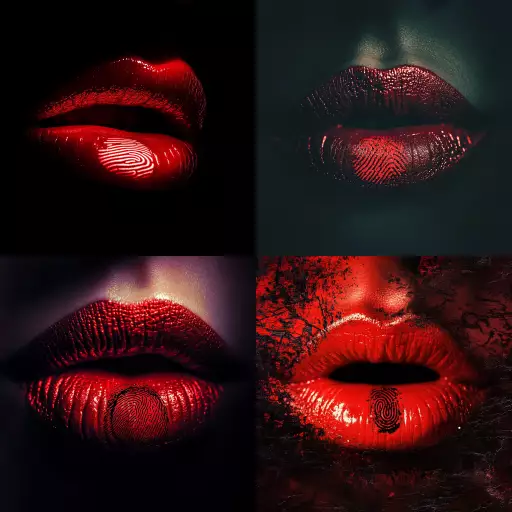Explore the Best AI Image Gallery

Pixels and Perceptions: AI-Generated Images in the Art World
The realm of art has always been a space for innovation, pushing boundaries and challenging perceptions. In recent years, a new player has emerged on this creative stage: artificial intelligence (AI). Specifically, AI-generated images are captivating attention, sparking debate, and redefining what it means to be an artist in the digital age.
Imagine algorithms capable of producing stunningly realistic paintings, intricate abstract designs, or even photorealistic portraits from simple text prompts. This is the power of AI image generation, a technology that has rapidly advanced in recent years, fueled by powerful deep learning models and vast datasets of images.
A Canvas of Possibilities: Applications of AI-Generated Images
The potential applications of AI-generated images are as diverse as the imaginations of those who wield them.
- Art & Design: From creating unique artwork for galleries and exhibitions to generating concept art for film and video games, AI can serve as a powerful tool for artists and designers.
- Marketing & Advertising: Imagine personalized advertisements generated on the fly, tailored to individual preferences. AI can also create eye-catching visuals for social media campaigns and marketing materials.
- Education & Research: AI-generated images can be used in educational settings to illustrate concepts, create interactive learning experiences, or even assist researchers in visualizing complex data.
- Entertainment & Gaming: From generating in-game environments and characters to creating stunning visual effects for films and TV shows, AI has the potential to revolutionize the entertainment industry.
Navigating Ethical Terrain: The Challenges of AI Art
While the possibilities are exciting, the rise of AI-generated images also raises important ethical considerations.
- Authorship and Ownership: Who owns the copyright to an image created by an algorithm? Is it the programmer who developed the AI, the person who provided the input, or the AI itself?
- Bias and Representation: AI models are trained on vast datasets of images, which can reflect existing societal biases. This can result in AI-generated images that perpetuate harmful stereotypes or lack diversity.
- Job Displacement: As AI becomes more capable, there are concerns that it could automate creative tasks currently performed by human artists and designers, leading to job losses.
Shaping the Future: Trends in AI-Generated Art
The field of AI art is constantly evolving. Here are some trends shaping its future:
- Increased Accessibility: User-friendly AI art generation tools will become more widely available, empowering individuals with limited technical expertise to create their own art.
- Customization and Control: Users will have greater control over the creative process, able to fine-tune parameters and guide the AI to produce specific results.
- Integration with Other Technologies: AI-generated images will be seamlessly integrated with other technologies, such as virtual reality and augmented reality, creating immersive and interactive experiences.
- Ethical Frameworks: As AI art becomes more prevalent, there will be a growing need for ethical guidelines and regulations to address the challenges it poses.
AI-generated images are undeniably transforming the art world. They offer exciting possibilities for creativity, innovation, and self-expression, while also raising important ethical questions that require careful consideration. As we navigate this uncharted territory, it is essential to engage in thoughtful dialogue, foster collaboration, and ensure that AI technology serves as a tool for empowerment and positive change within the creative industry.